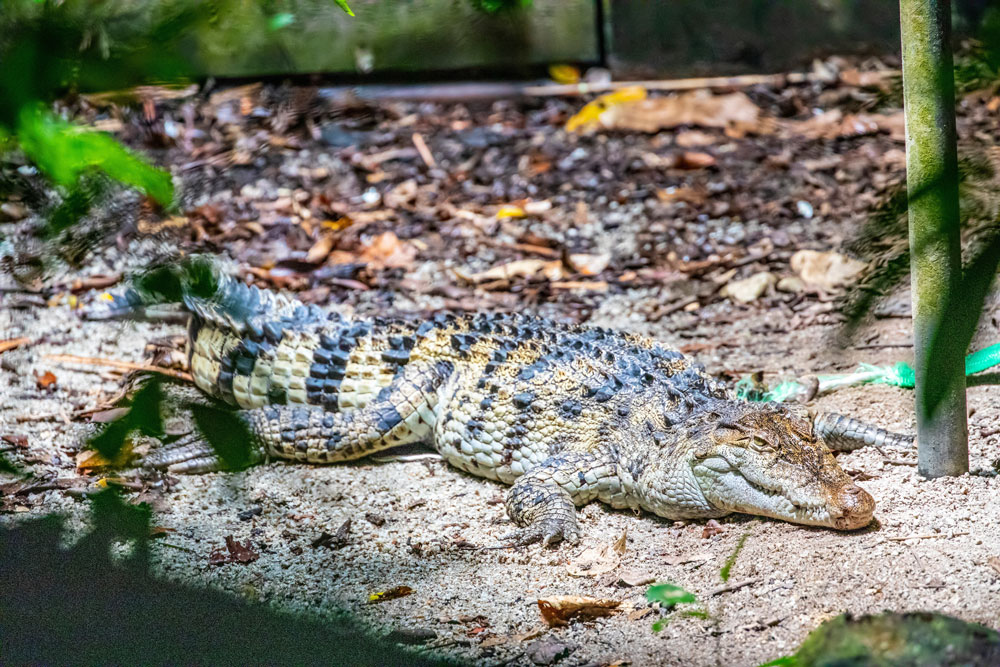The crocodiles were found in the Bangsamoro Autonomous Region of Muslim Mindanao.
A new and healthy population of Philippine crocodiles (Crocodylus mindorensis) have been discovered in three rivers on Mindanao island’s Bangsamoro Autonomous Region of Muslim Mindanao (BARMM). The reptiles are in various life stages, including hatchling, juvenile, sub-adult, and adult, and each population is thriving. According to the Philippine croc Facebook page, President Rodrigo Duterte’s declaration of Martial Law on the island created a window for Crocodylus Porosus Philippines Incorporated’s (CPPI) researchers to conduct comprehensive field studies, which resulted in the discovery.
“Fortunately, the crocodiles were thriving and contains healthy viable population that remains unharmed because of the cultural protection of the indigenous Muslim community in this region,” Philippine croc wrote on its Facebook page. “Wild populations of C. mindorensis in Southern Philippines continues to remain as the stronghold of this species worldwide.”
The CPPI has been looking for the Philippine crocodile throughout the Philippine archipelago and has thus far successfully located the species in Lake Sebu, South Cotabato, and has captive bred and released the species in Siargao Island Protected Landscapes and Seascapes, as well as in the Southern Philippines and the Visayas region of the country.
Critically Endangered Philippine Crocodile Killed After Biting Zookeeper In Switzerland
Philippine Crocodile Conservationist Receives Whitley Award
Two Philippine Crocodiles Added To Phoenix Herpetological Society Breeding Program
There are an estimated 100 adult Philippine crocodiles left in the island nation and they can be found almost exclusively in freshwater habitats. Breeding programs for the species have been successful. The Philippine crocodile is smaller than the better known saltwater crocodile (Crocodylus porosus) that can be found in the southern Philippines. Crocodylus mindorensis has declined as a result of hunting and human activity. They have a broad snout and can be found in still or slow-moving bodies of water. Both males and females guard the eggs, which is unique among crocodiles as it is usually the female that guards the eggs in other croc species. They feed on fish, reptiles, small mammals and water birds and have a life expectancy of about 70 to 80 years years.



